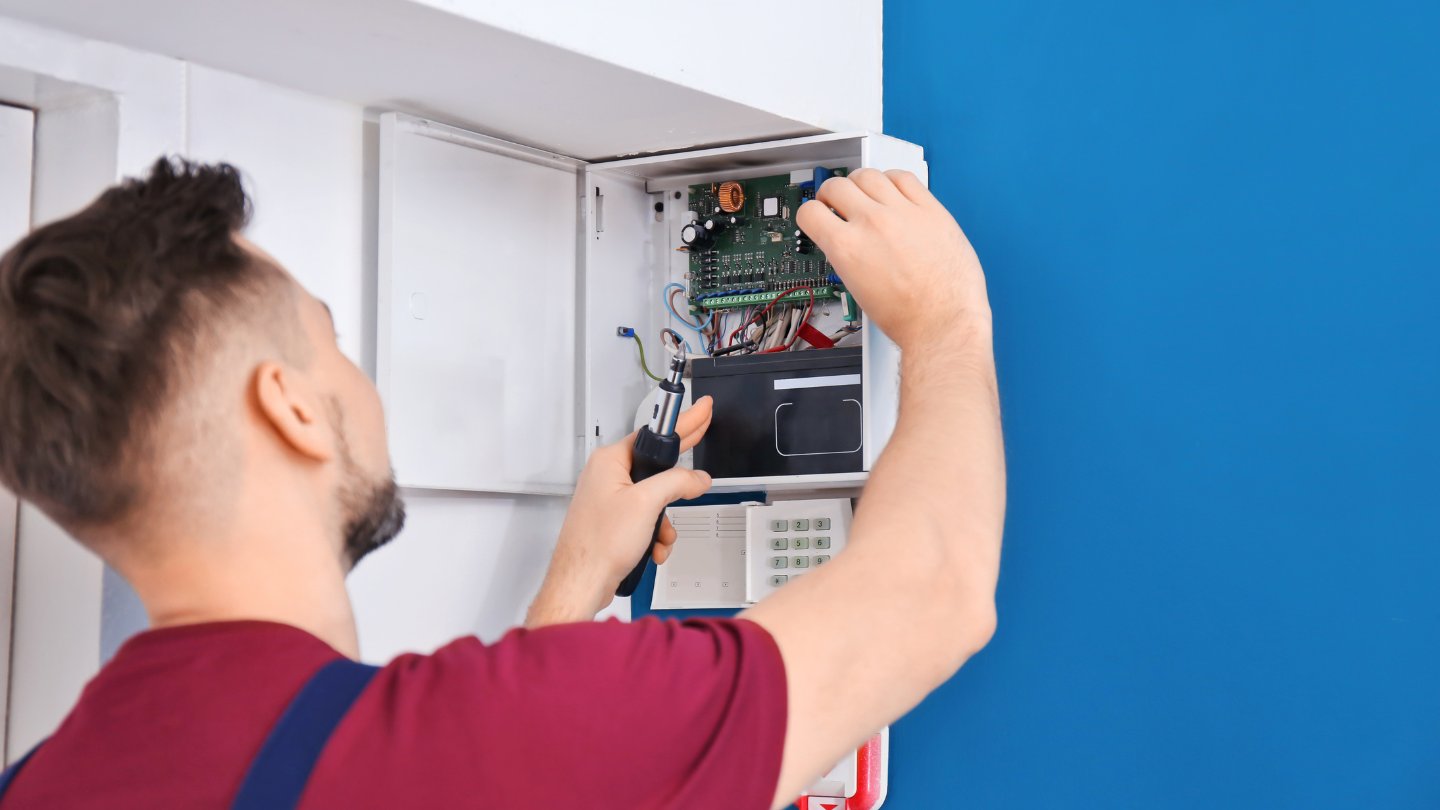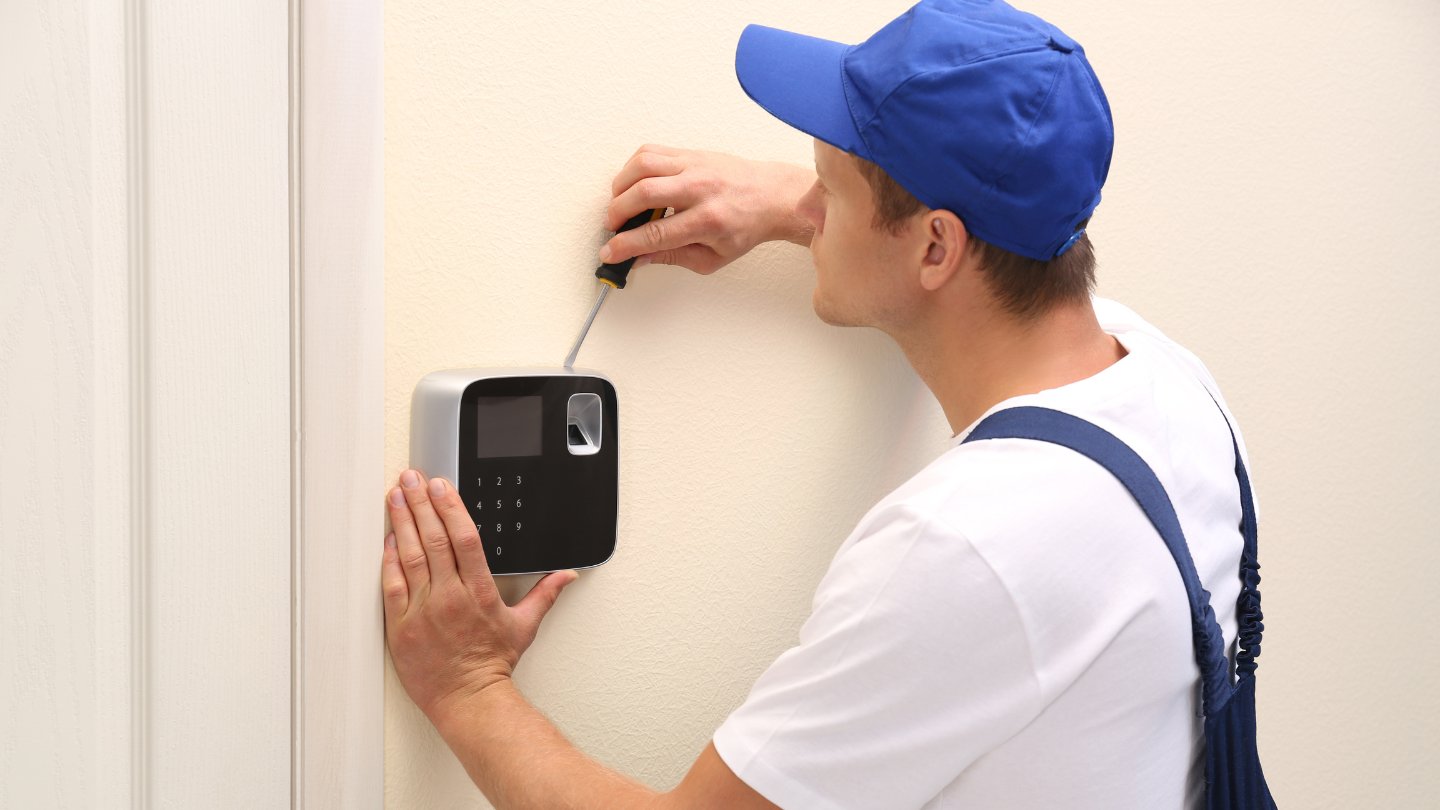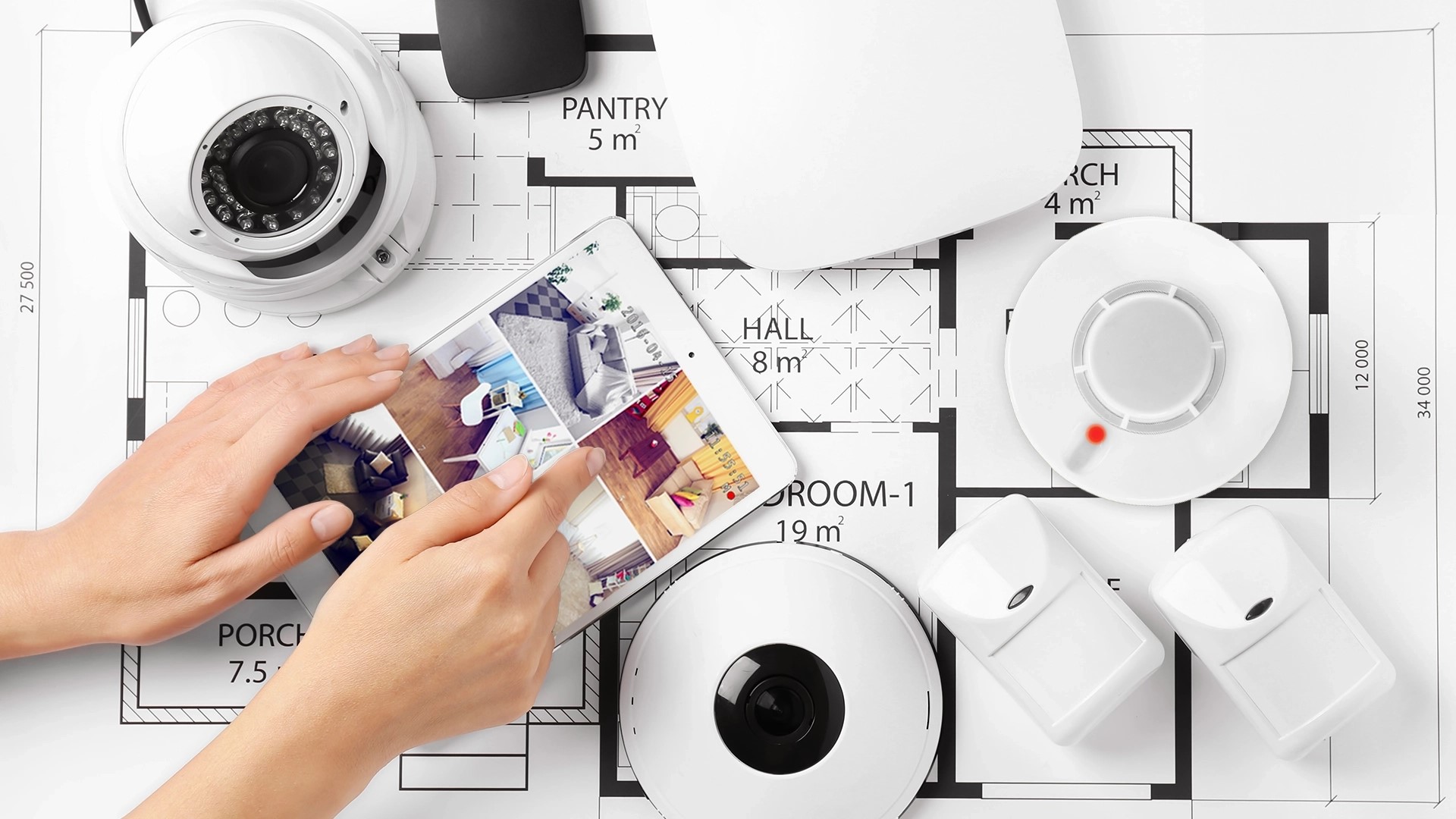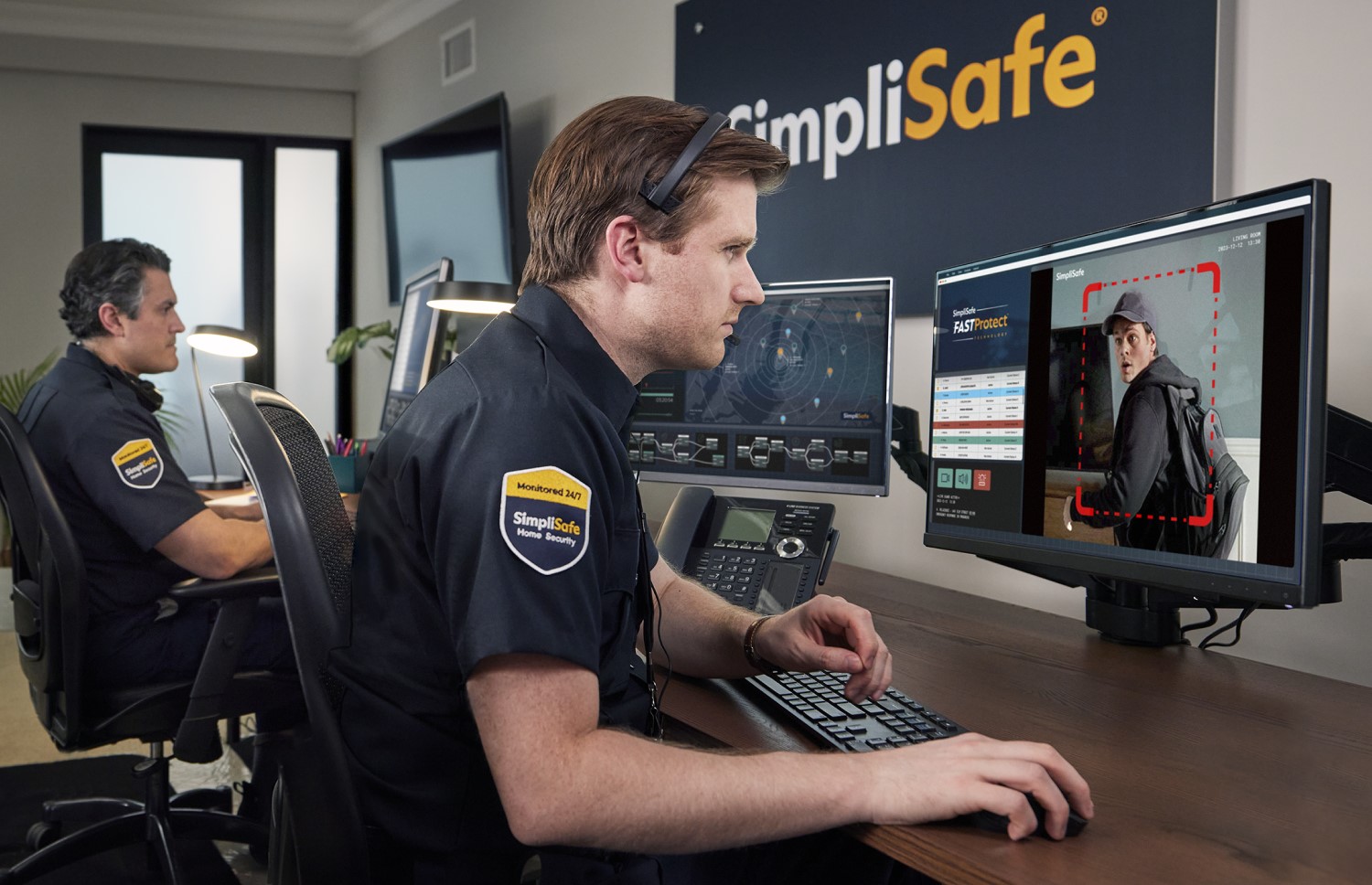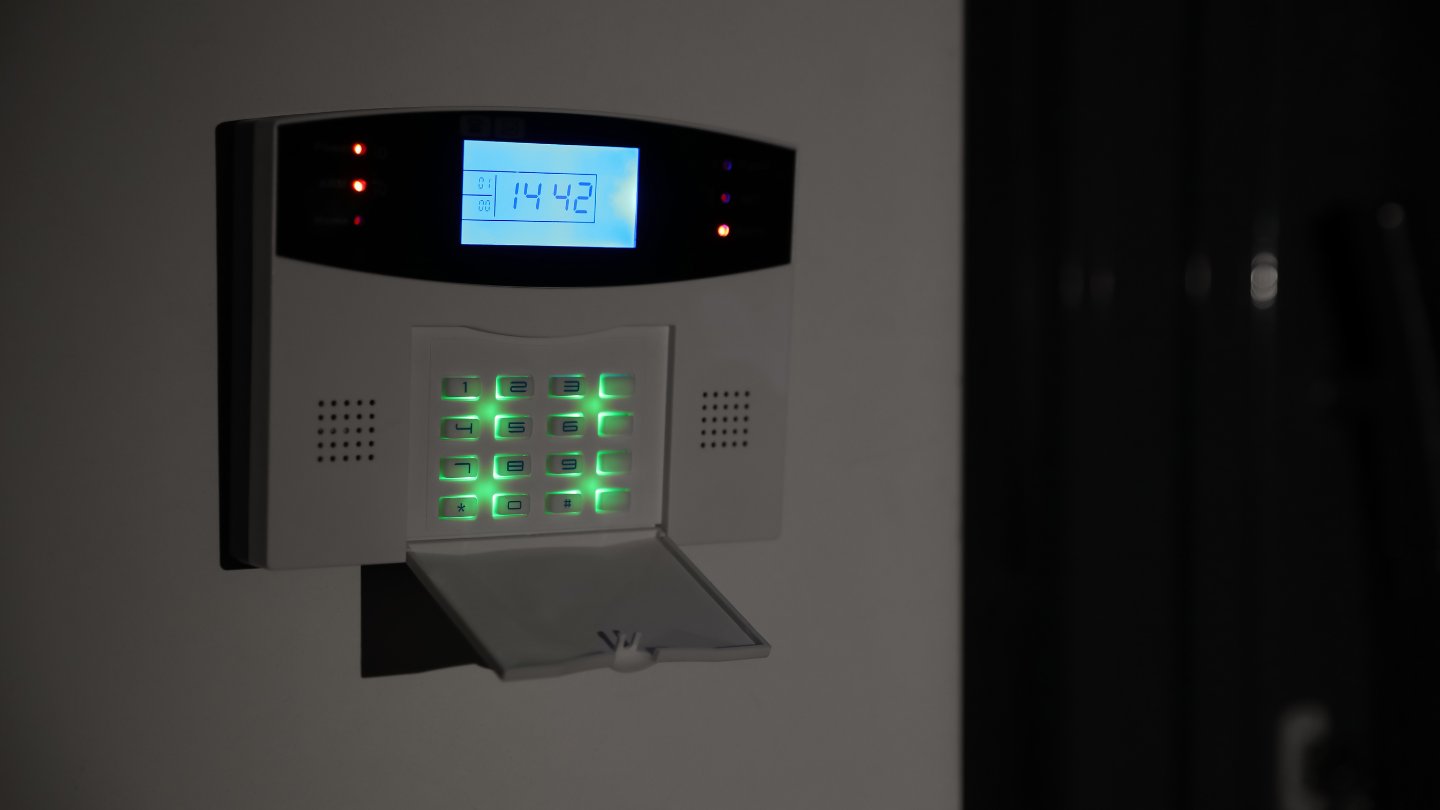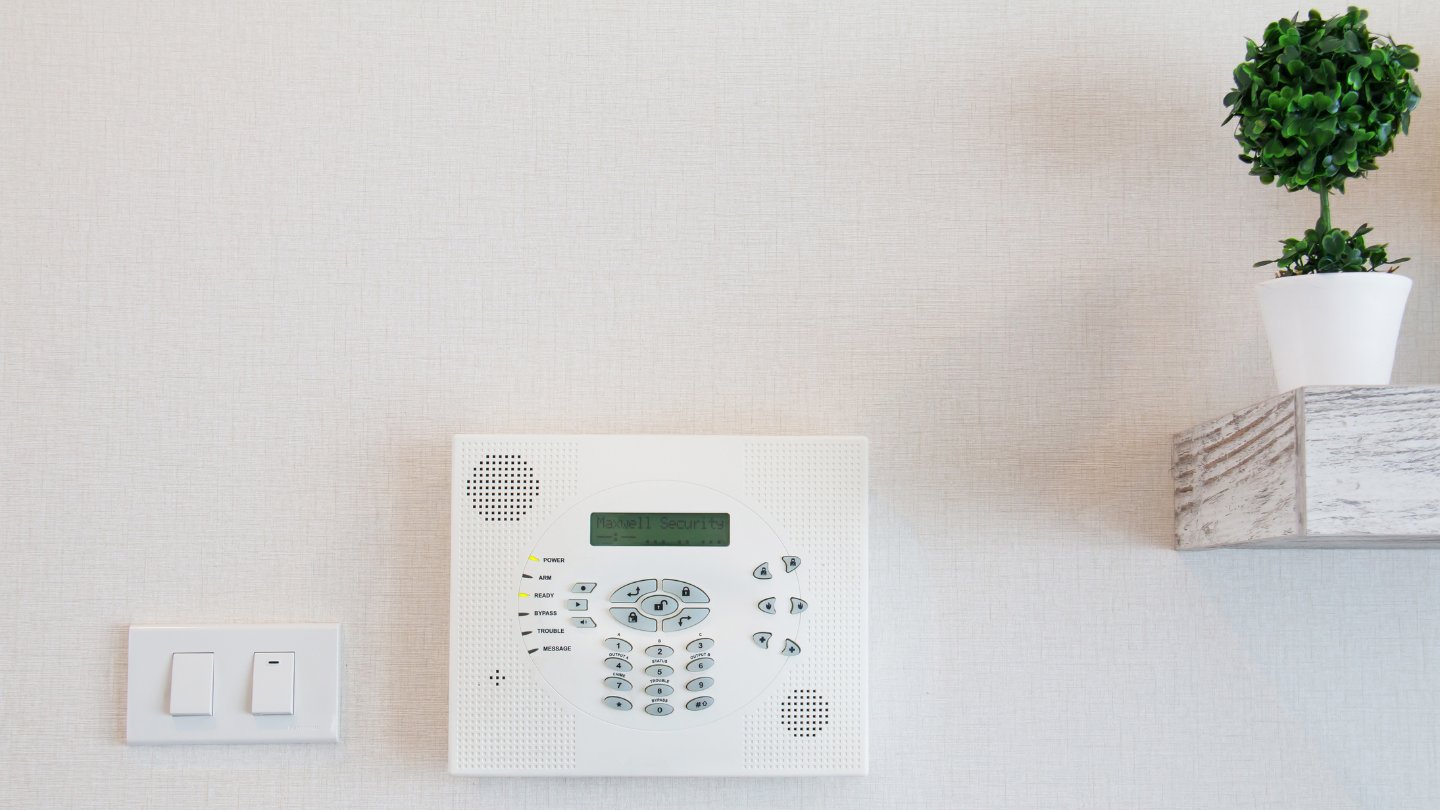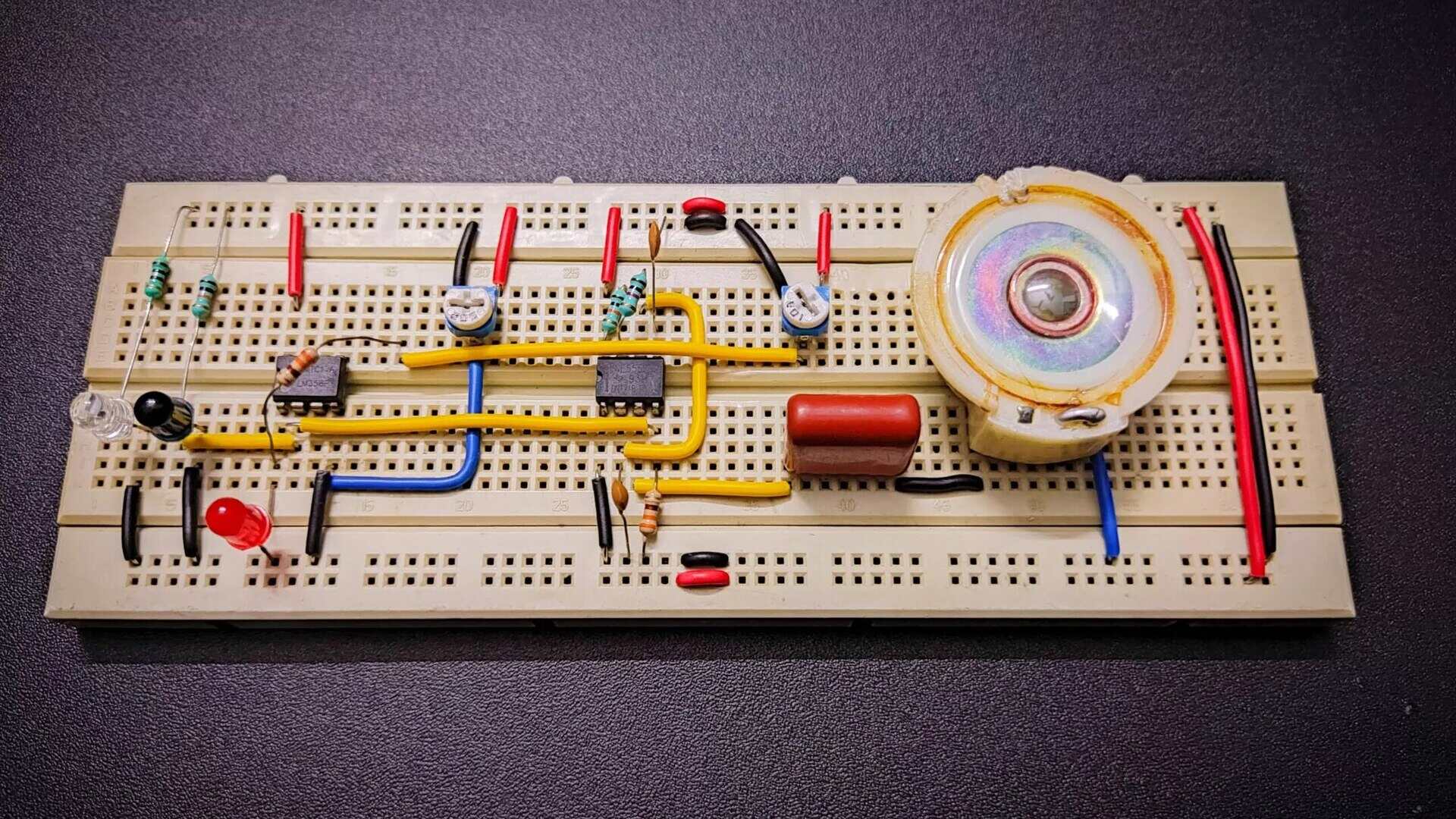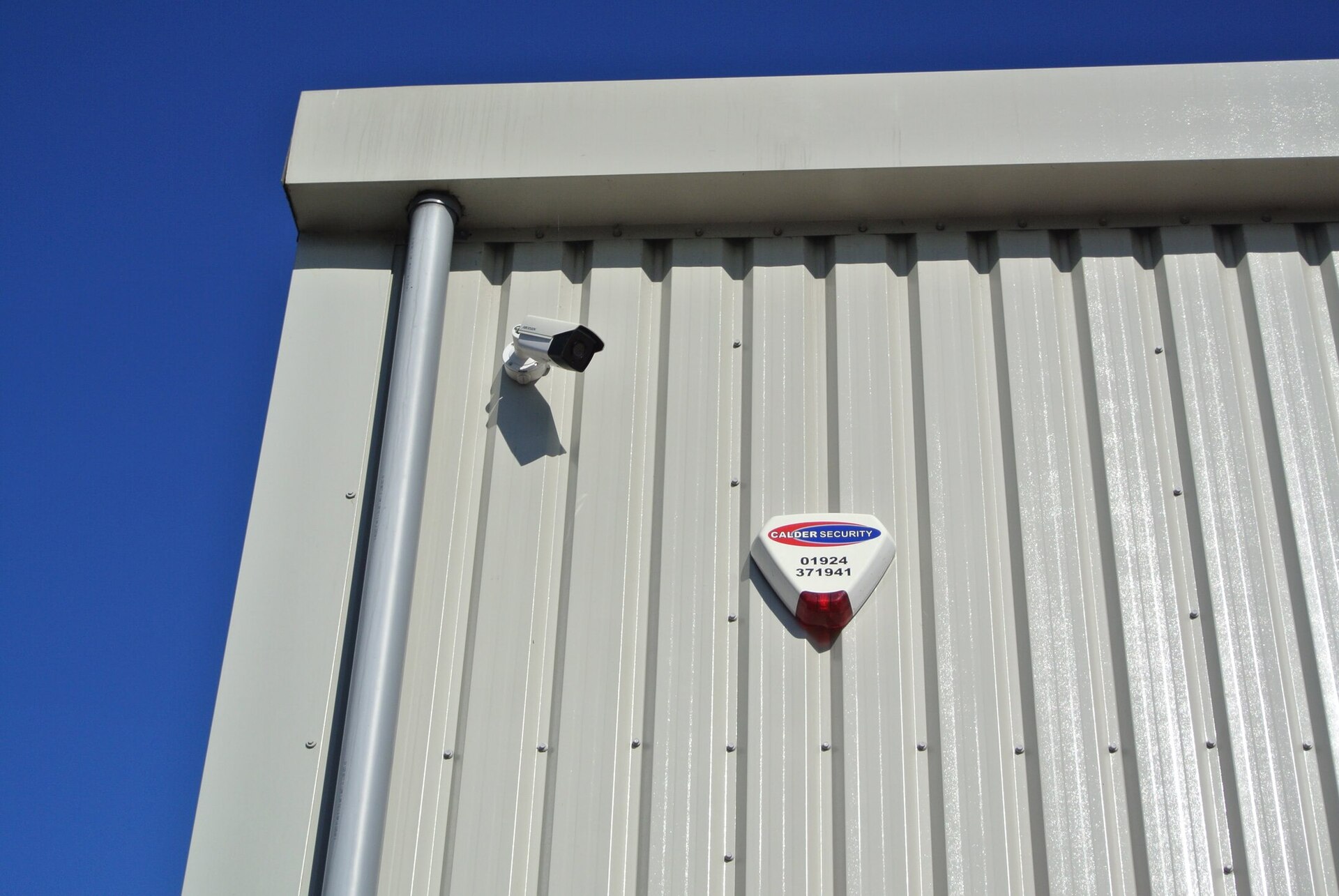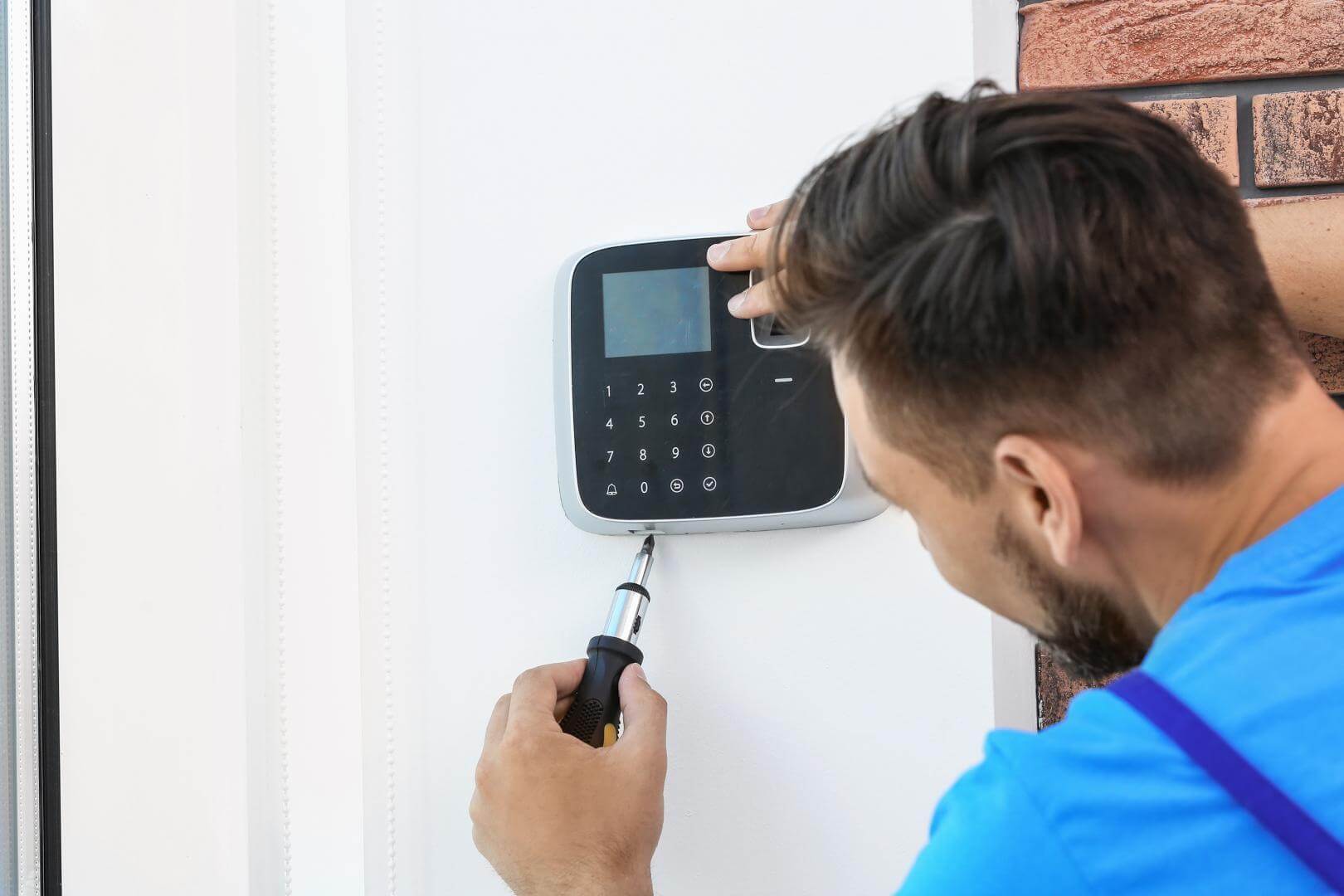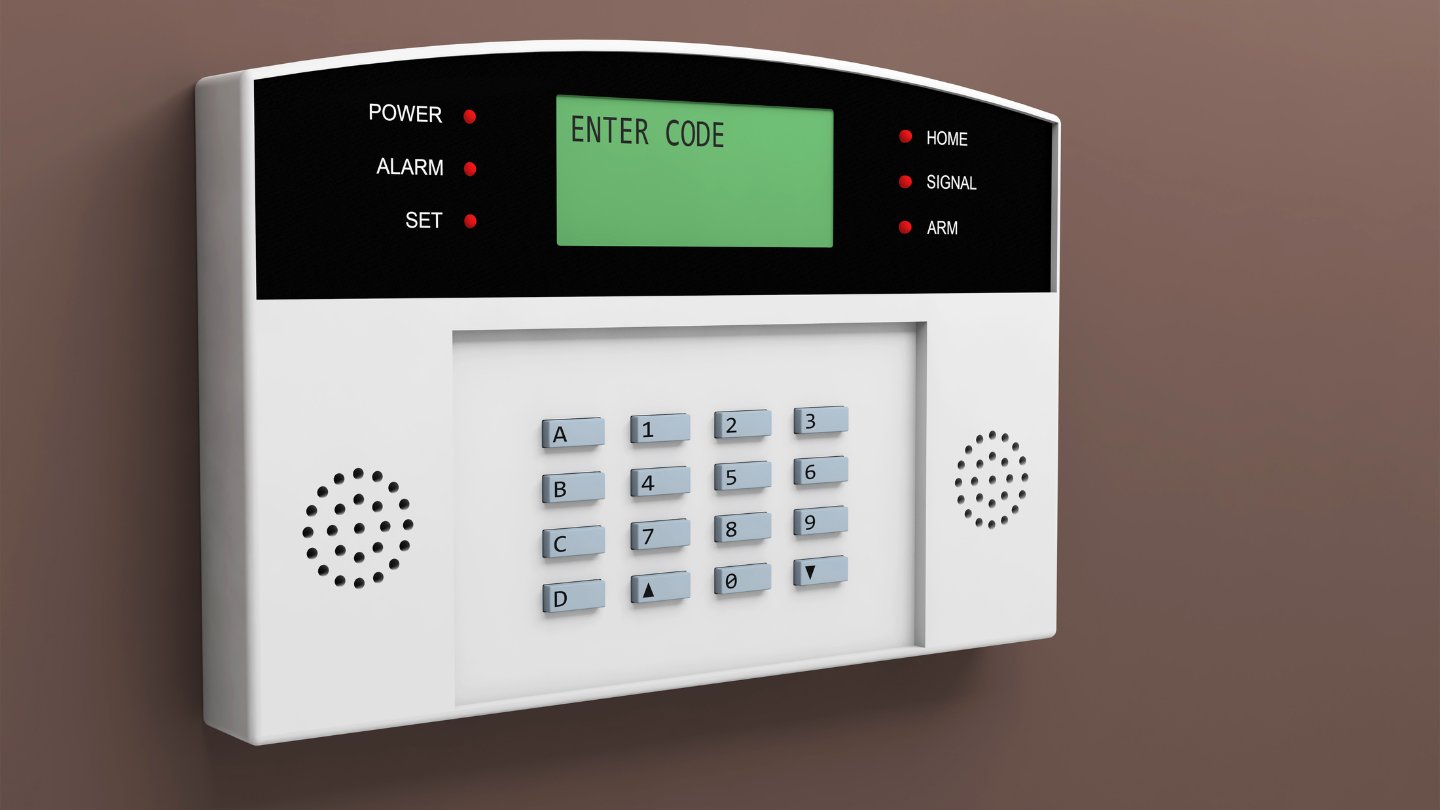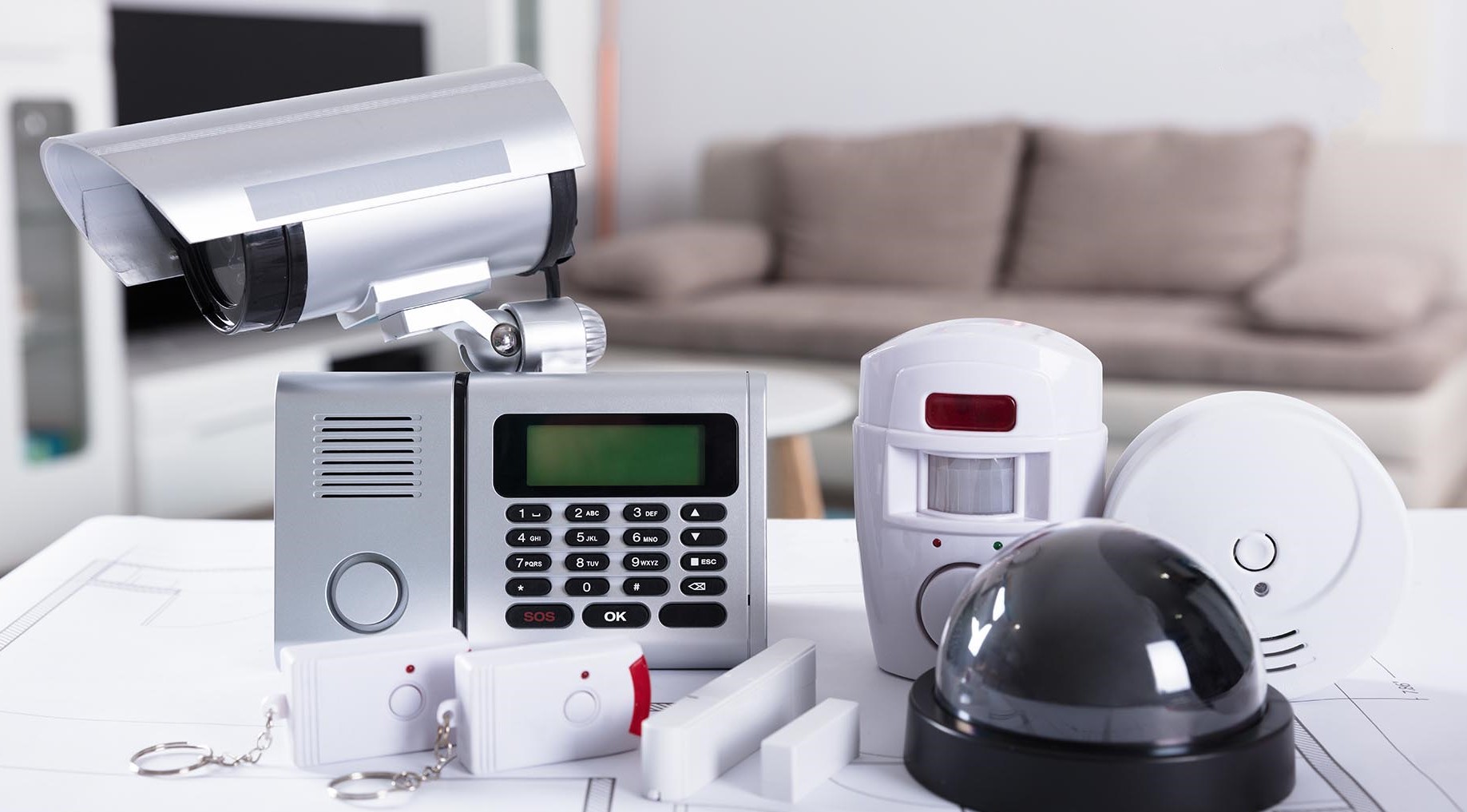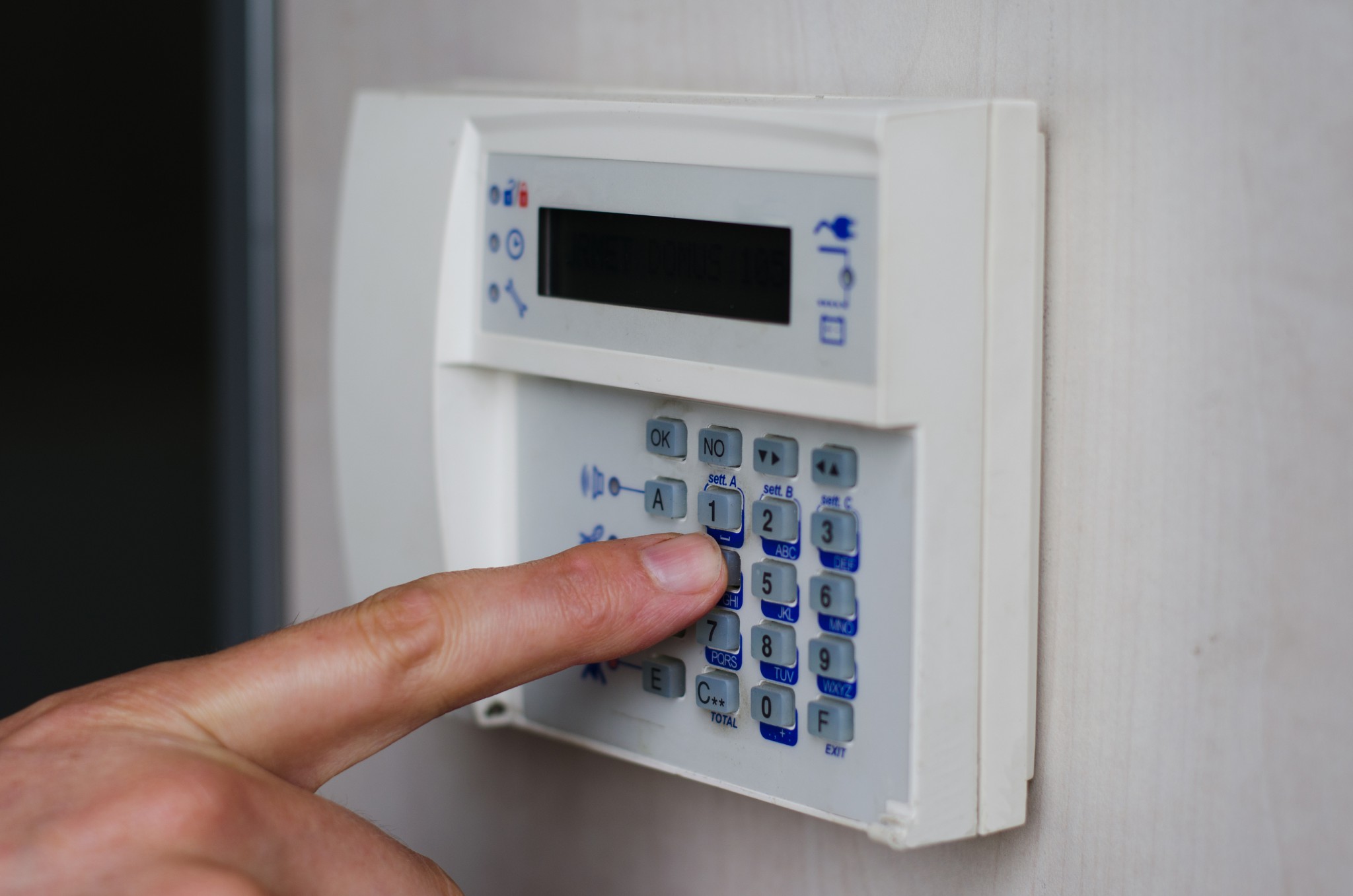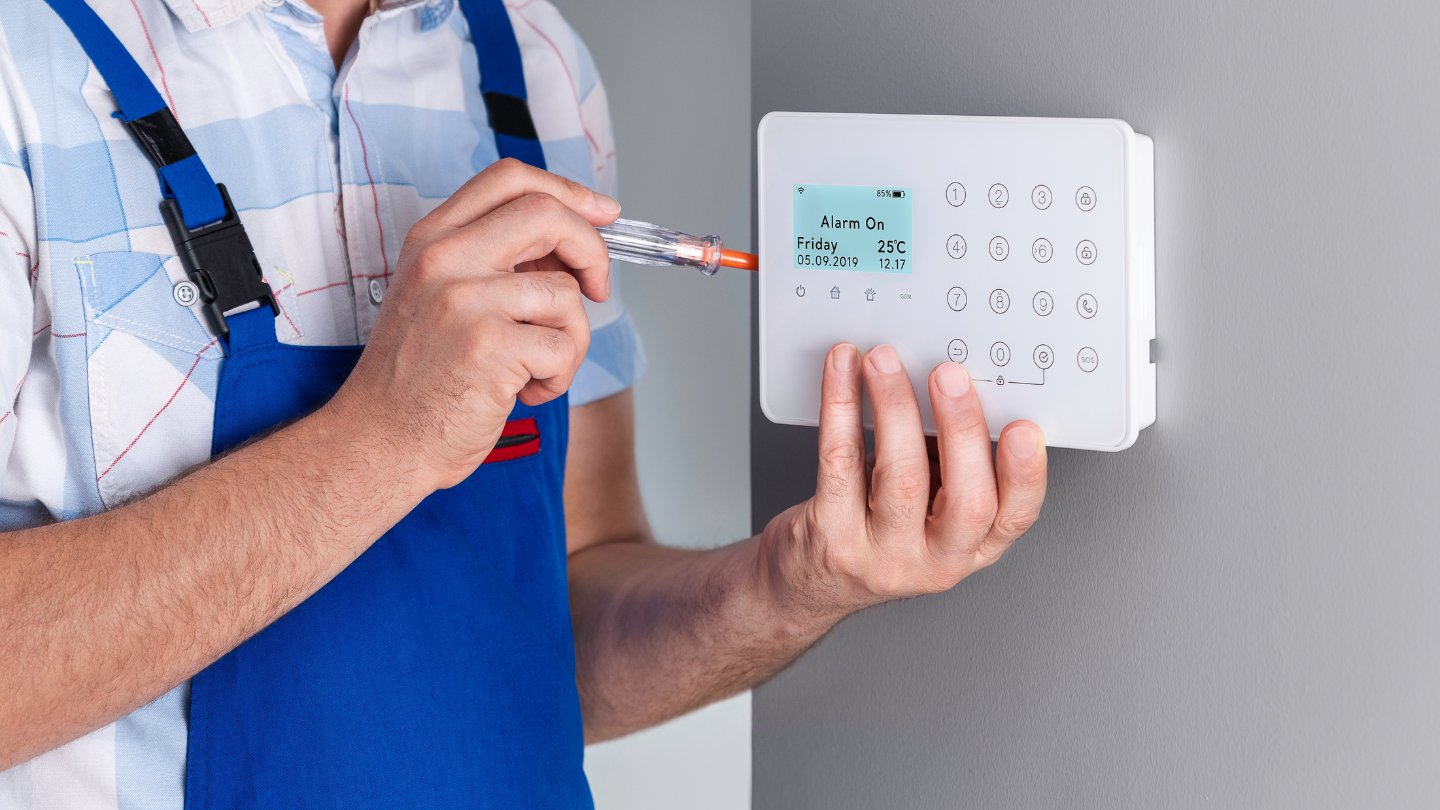Home>Home Security and Surveillance>How To Test A Burglar Alarm
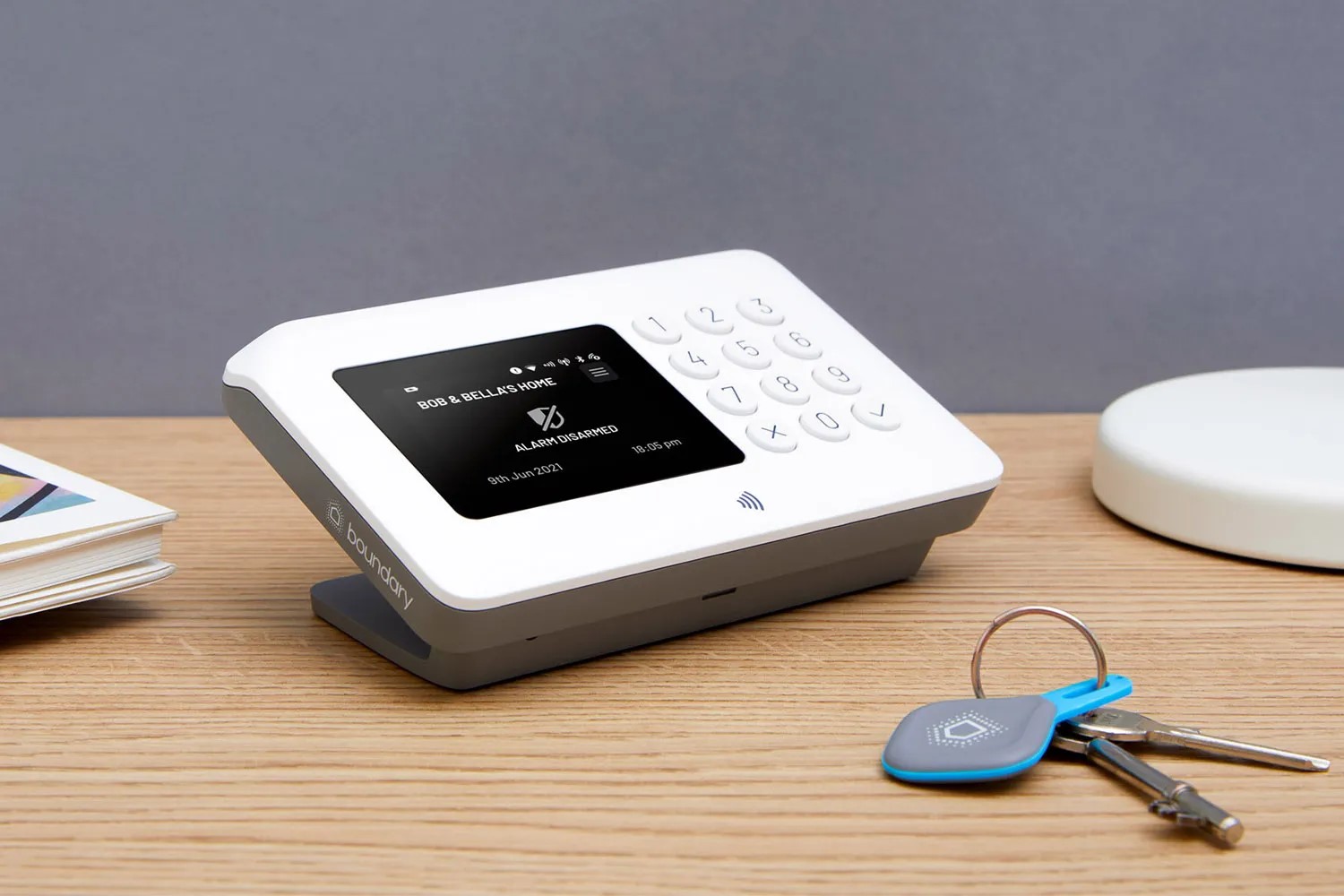

Home Security and Surveillance
How To Test A Burglar Alarm
Modified: March 6, 2024
Learn how to test a burglar alarm for your home security and surveillance. Ensure the effectiveness of your alarm system with our step-by-step guide.
(Many of the links in this article redirect to a specific reviewed product. Your purchase of these products through affiliate links helps to generate commission for Storables.com, at no extra cost. Learn more)
Introduction
Home security is a top concern for many homeowners, and investing in a burglar alarm system is a proactive step towards ensuring the safety and protection of your property. However, simply installing a burglar alarm is not enough to guarantee its effectiveness. Regular testing and maintenance are crucial to ensure that the alarm system is in proper working order and will respond effectively in the event of a break-in.
In this article, we will guide you through the process of testing a burglar alarm system. By following these steps, you will gain confidence in the functionality and reliability of your home security system, providing you with peace of mind and reassurance.
Key Takeaways:
- Regularly test your burglar alarm system to ensure it’s working properly and providing the security your home needs. Familiarize yourself with the system, check power and battery levels, and verify monitoring services.
- Document and report the results of your alarm system tests to keep track of its performance and address any issues. By following these steps, you can maintain a reliable and effective home security system.
Read more: How To Disable A Burglar Alarm
Step 1: Familiarize Yourself with the Burglar Alarm System
Before you begin testing the burglar alarm system, it is essential to familiarize yourself with its components and operations. Take the time to thoroughly understand the different elements and how they work together to protect your home.
Start by identifying the control panel, which is the central hub of the alarm system. This panel allows you to arm and disarm the alarm, as well as monitor its status. Familiarize yourself with the keypad and the different buttons and functions it offers. Make sure you understand how to navigate the menu options and access various settings.
Next, locate the different sensors and detectors that are installed throughout your home. These can include door/window sensors, motion detectors, glass break sensors, and smoke detectors. Take note of their placement and ensure they are properly positioned to cover the vulnerable areas of your house.
If your alarm system is connected to external devices such as surveillance cameras or home automation systems, understand how they are integrated and their functionalities. This knowledge will come in handy during the testing process and troubleshooting any issues that may arise.
Lastly, take the time to understand the different modes of operation for your burglar alarm system. Typically, these include “Home” mode, which secures the perimeter while allowing movement within the home, and “Away” mode, which activates all sensors and detectors for maximum security when no one is home. Understanding these modes will help you select the appropriate settings during testing and ensure the system is functioning as intended.
Step 2: Review the User Manual
One of the most important steps in testing a burglar alarm system is to thoroughly review the user manual provided by the manufacturer. The user manual contains valuable information about the specific features and functions of your alarm system, as well as detailed instructions on how to test and maintain it.
Start by locating the user manual that came with your burglar alarm system. This can usually be found in the packaging or can be downloaded from the manufacturer’s website. Take the time to read the manual cover to cover, paying close attention to sections on testing procedures, troubleshooting, and maintenance.
The user manual will provide detailed instructions on how to properly test each component of the alarm system, including the control panel, sensors, detectors, and external devices. It will also outline any specific settings or configurations that need to be adjusted for testing purposes.
Make sure to note any specific safety precautions mentioned in the user manual. Adhering to these guidelines will help prevent any accidents or damage during the testing process.
By thoroughly reviewing the user manual, you will have a comprehensive understanding of your burglar alarm system’s capabilities and how to properly test it. This knowledge will be essential as you move forward with the testing process.
Step 3: Check Power and Battery Levels
Ensuring that your burglar alarm system has sufficient power and battery levels is crucial for its proper functioning. A power failure can render the system ineffective, leaving your home vulnerable to break-ins. Therefore, it’s important to regularly check the power source and battery status of your alarm system.
Start by checking the power source. Most burglar alarm systems are connected to the main electrical supply of your home. Ensure that the power cord is securely connected to both the control panel and the wall outlet. Look for any signs of damage or wear on the power cord and replace it if necessary.
If your burglar alarm system has a backup battery, it’s essential to check its status as well. The backup battery provides power to the alarm system in case of a power outage. Locate the battery compartment and inspect the battery for any signs of leakage, corrosion, or damage. Replace the battery if necessary and ensure it is properly connected.
To test the battery, you can temporarily disconnect the main power supply to simulate a power failure. Arm the alarm system and check if it continues to function using the backup battery. Observe the backup battery’s charge level to ensure it is holding an adequate charge for an extended period.
Many burglar alarm systems have indicators or LED lights on the control panel that display the power and battery status. Pay attention to these indicators and ensure they are showing the appropriate readings. Note any abnormalities or discrepancies and consult the user manual or a professional if further troubleshooting is needed.
By regularly checking the power and battery levels of your burglar alarm system, you can ensure its reliability in protecting your home. Address any power-related issues promptly to maintain the system’s functionality and peace of mind.
Step 4: Test the Keypad Functionality
The keypad is the primary interface through which you interact with your burglar alarm system. Testing the keypad functionality is essential to ensure that you can easily arm and disarm the system and access other important functions.
Begin by pressing each button on the keypad and ensuring that it responds correctly. Look for any buttons that stick or do not register when pressed. If you notice any issues, consult the user manual or contact the manufacturer for assistance.
Next, test the keypad’s menu navigation. Use the designated buttons to access different settings and options. Familiarize yourself with the menu structure and ensure that all the options are accessible and functioning correctly.
Attempt to arm and disarm the alarm system using different modes such as “Home” and “Away.” Make sure that the system arms as expected and that the appropriate sensors, detectors, and external devices are activated or deactivated accordingly.
You should also test any additional functions or features that may be present on the keypad, such as panic buttons, emergency alerts, or programmable function buttons. Ensure that these functions activate the desired response from the alarm system.
If your burglar alarm system includes a display on the keypad, check for any abnormalities, such as flickering, distorted text, or missing information. Verify that the display provides accurate and up-to-date information about the system’s status.
During this testing process, monitor the keypad for any error messages or alerts that may appear. If any error messages are displayed, consult the user manual or contact the manufacturer to address the issue promptly.
By thoroughly testing the keypad functionality, you can ensure that you have full control over your burglar alarm system and can properly operate it in case of an emergency or security threat.
Read more: How To Reset Burglar Alarm
Step 5: Activate the Alarm System in Different Modes
Testing the activation of your burglar alarm system in different modes is crucial to ensure that it provides the desired level of security for your home. Most alarm systems offer different modes of operation, such as “Home” and “Away,” each with specific settings for sensor activation.
Start by activating the alarm system in the “Home” mode. This mode is typically used when you are inside your home but still require some level of security. Arm the system and walk around your house to ensure that the perimeter sensors, such as door/window sensors, are activated while allowing movements within the home.
Test the sensors by opening doors and windows that are equipped with sensors. The alarm system should promptly detect these openings and trigger the appropriate response, such as sounding an alert or activating the external notification devices.
Next, activate the alarm system in the “Away” mode. This mode is used when no one is at home and you want maximum security. Arm the system and ensure that all sensors and detectors, including motion sensors and glass break sensors, are activated.
Walk through your home, triggering motion sensors and testing the responsiveness of the alarm system. The system should react swiftly to movements and trigger the appropriate response, such as activating the siren or notifying the monitoring service.
If your burglar alarm system includes any additional modes, such as “Night,” test those modes as well. These modes are designed to provide a more customized level of security based on your specific needs.
During the testing process, monitor the control panel or any connected devices to verify that the alarm system is correctly acknowledging the activation and deactivation of each mode. Any discrepancies or issues should be reported and addressed promptly.
By activating and testing your burglar alarm system in different modes, you can ensure that it is functioning according to your desired security settings and providing the necessary protection for your home.
Regularly test your burglar alarm by setting it off and ensuring that the alarm sounds and the monitoring company is alerted. This will help ensure that the system is functioning properly and provide peace of mind.
Step 6: Trigger the Alarm Manually
Testing the responsiveness of your burglar alarm system is incomplete without manually triggering the alarm. This step allows you to simulate a real-life intrusion and ensures that the system will effectively respond to a potential break-in.
Begin by making sure that everyone in your home is aware that you will be conducting a manual alarm test. This will prevent any unnecessary panic or confusion when the alarm is activated.
Choose a specific entry point or area that you want to test, such as a door or window equipped with sensors. Open the selected entry point to trigger the alarm system. Observe the response time and the loudness of the siren or other alert devices installed.
Step outside your home and wait for the alarm system to notify you of the intrusion. This can include a phone call from the monitoring service, a text message, or an in-app notification if you have a smartphone-connected alarm system.
If your alarm system is connected to external devices such as surveillance cameras or smart lights, check if they are activated and capturing the scene properly. This will help you evaluate the comprehensive security coverage provided by your system.
Once you have confirmed that the alarm system has successfully detected the manual trigger, disarm it using the correct code or method. Ensure that the system returns to its normal state and that the alert devices cease their activation.
Take note of the response time, the effectiveness of the siren or alert devices, and any notifications you receive during the manual alarm test. If any issues arise, consult the user manual or contact the manufacturer for guidance.
It’s important to repeat this test periodically to ensure that the alarm system remains in optimal condition and continues to provide effective protection for your home.
By manually triggering the alarm system, you can have confidence that it will respond promptly and effectively in the event of a break-in, enhancing the security of your home and giving you peace of mind.
Step 7: Test Sensors and Detectors
The sensors and detectors in your burglar alarm system are critical components that detect and alert you to any potential security breaches. Testing these devices is essential to ensure they are functioning correctly and providing accurate detection of intrusions.
Begin by systematically testing each sensor and detector installed in your home. This includes door/window sensors, motion sensors, glass break sensors, and any other sensors specific to your alarm system.
Start with the door/window sensors. Open and close each door and window equipped with these sensors to verify that they activate and trigger the alarm system accordingly. Check that the control panel displays the correct status for each sensor, indicating whether it is open or closed.
Move on to the motion sensors. Walk in front of each motion sensor and ensure that it detects your movement and triggers the alarm system. Pay close attention to the range and sensitivity settings of these sensors, as they can be adjusted to suit your specific needs.
If your burglar alarm system includes glass break sensors, test them by creating a simulated glass break sound. This can be done by clapping loudly or using a glass breaking sound effect from a smartphone or speaker. Check if the glass break sensors promptly detect the sound and activate the alarm system.
Throughout the testing process, monitor the control panel or any connected devices to verify that the alarm system acknowledges the activation and deactivation of each sensor. Any discrepancies or issues should be reported and addressed promptly.
Additionally, if your alarm system has smoke detectors or other environmental sensors, it’s important to test them as well. Follow the manufacturer’s instructions for testing and ensure that these devices are functioning correctly and can detect any potential dangers in your home.
Make a note of any sensors or detectors that are not functioning properly or producing false alarms. Consult the user manual or contact the manufacturer for guidance on troubleshooting or replacing the faulty devices.
Regularly testing your sensors and detectors will ensure the accuracy and reliability of your burglar alarm system, enhancing the overall security of your home.
Step 8: Test the Siren and External Alert System
The siren and external alert system play a crucial role in notifying you and others of a potential security breach. Testing these components ensures that they are functioning properly and are audible and visible enough to attract attention in case of an alarm activation.
Begin by activating the alarm system, either through the keypad or using the designated app on your smartphone, to trigger the siren. Pay close attention to the loudness and clarity of the siren. It should be audible throughout your entire property and, ideally, to nearby neighbors as well.
Consider conducting a sound test during different times of the day, both when the surrounding area is quiet and when there may be more external noise. This will help you assess the effectiveness of the siren in various scenarios.
If your burglar alarm system is integrated with external alert devices such as strobe lights, sirens mounted on the exterior of your home, or a communication system with monitoring services, test these as well. Ensure that the external devices activate simultaneously with the siren and are clearly visible or audible from outside the property.
If you have chosen to connect your alarm system to a monitoring service, contact the service during a test to verify that notifications are properly received and responded to. This will confirm that the communication between your alarm system and the monitoring service is functioning as intended.
If your burglar alarm system includes smartphone notifications or app-based alerts, make sure to test these features. Arm the alarm system and check if you receive real-time push notifications or messages on your smartphone. Review the alert for accuracy and evaluate the response time.
Take note of any issues or abnormalities observed during the testing process. If the siren is not loud enough or the external alert devices are not activating, consult the user manual or contact the manufacturer for troubleshooting steps or recommendations for improvement.
Regularly testing the siren and external alert system ensures that your burglar alarm system will effectively notify you and others in the event of a security breach, significantly enhancing the overall security of your home.
Read more: How Does A Burglar Alarm Work
Step 9: Verify Monitoring and Notification Services
If your burglar alarm system is connected to a monitoring and notification service, it is crucial to verify that this service is functioning properly. The monitoring service ensures that any potential security breaches are promptly detected and appropriate actions are taken.
Start by contacting the monitoring service provider and informing them that you will be conducting a test of the alarm system. This will prevent unnecessary dispatch of emergency services during the test.
Arm the alarm system and activate it to trigger an alarm. Allow the alarm to run for a few moments to ensure that the monitoring service receives the notification and initiates the appropriate response.
Upon receiving the notification, the monitoring service should promptly attempt to contact you or the designated contact person(s) on your emergency contact list. They may do so through phone calls, text messages, or other specified means of communication.
Respond to the monitoring service’s attempt to contact you and confirm that you are conducting a test. Provide the necessary identification or verification information as requested to validate your identity.
During this test, inquire about the response time of the monitoring service and ensure that they receive the alarm signal in a timely manner. Any delays or issues should be reported and addressed with the service provider.
In addition to contacting you, the monitoring service may also attempt to dispatch emergency services, such as the police or fire department. Ensure that the service provider understands that this is a test and no actual emergency assistance is required.
Also, confirm with the monitoring service provider that they are receiving the appropriate signals from your burglar alarm system, such as low battery or system malfunctions. This will help ensure that necessary maintenance or repairs are conducted on time to keep your alarm system in optimal condition.
By verifying the monitoring and notification services, you can be confident that your burglar alarm system is being actively monitored and that any security breaches will be promptly addressed, enhancing the overall security of your home.
Step 10: Document and Report Test Results
After completing the testing process of your burglar alarm system, it is important to document and report the test results. This step ensures that you have a record of the system’s performance and allows you to address any issues or concerns that may have arisen during the testing process.
Create a comprehensive report that includes the details of each test performed, including the date, time, and specific actions taken. Note any abnormalities or issues encountered during the tests, such as malfunctioning sensors, delayed notifications, or false alarms.
Include detailed information about the functionality and effectiveness of each component of the alarm system, such as the keypad, sensors, detectors, siren, and external alert system. Document the response time, loudness, and accuracy of each component to provide a complete assessment of the system’s performance.
If any troubleshooting or maintenance steps were taken during the testing process, document those as well. This will help you keep track of any improvements made or further actions required to address any identified issues.
Ensure that your report includes the contact information of the manufacturer or the company that provided the alarm system. This will be beneficial for future reference or in case you need to reach out for assistance or further guidance.
If you are using a professional monitoring and notification service, include their contact information in the report as well. This will ensure that you have all the necessary details readily available for reference.
Finally, review the report and summarize the overall performance of your burglar alarm system. Identify any areas of concern or potential improvements that need to be addressed. This information will be valuable in maintaining the security and functionality of your alarm system.
By documenting and reporting the test results, you have a clear record of your burglar alarm system’s performance and any issues that need to be addressed. This information can guide future maintenance, troubleshooting, and improvements, ensuring the continued effectiveness of your home security system.
Conclusion
Testing your burglar alarm system is a crucial step in maintaining the security and effectiveness of your home security system. By following the ten steps outlined in this article, you can ensure that your alarm system is in optimal working condition and prepared to protect your home against potential intrusions.
Familiarize yourself with the components and operations of your alarm system to ensure you can navigate and operate it with ease. Review the user manual provided by the manufacturer for comprehensive instructions on testing and maintaining your specific alarm system.
Check the power and battery levels of your alarm system regularly to ensure its continuous operation, especially during power outages. Test the keypad functionality to ensure that you can arm, disarm, and access the system’s settings and functions.
Activate the alarm system in different modes to confirm that the sensors and detectors are functioning correctly and provide the desired level of security. Manually trigger the alarm to simulate a break-in and verify that the alarm system responds promptly and effectively.
Thoroughly test the sensors and detectors installed in your home to ensure that they accurately detect any potential security breaches. Verify the functionality of the siren and external alert system to ensure they are loud, visible, and capable of attracting attention when necessary.
Verify the monitoring and notification services associated with your alarm system to ensure they receive alerts and respond appropriately. Finally, document and report the test results, noting any issues or improvements needed to maintain the optimum performance of your alarm system.
Regular testing of your burglar alarm system provides peace of mind, assuring you that your home security is functioning as intended. It allows you to identify and address any issues promptly and ensures that your alarm system remains a reliable and effective deterrent against potential intrusions.
By investing time in testing your burglar alarm system and following these steps, you can rest assured knowing that you have taken proactive measures to safeguard your home and loved ones. Stay vigilant and stay safe!
Frequently Asked Questions about How To Test A Burglar Alarm
Was this page helpful?
At Storables.com, we guarantee accurate and reliable information. Our content, validated by Expert Board Contributors, is crafted following stringent Editorial Policies. We're committed to providing you with well-researched, expert-backed insights for all your informational needs.
